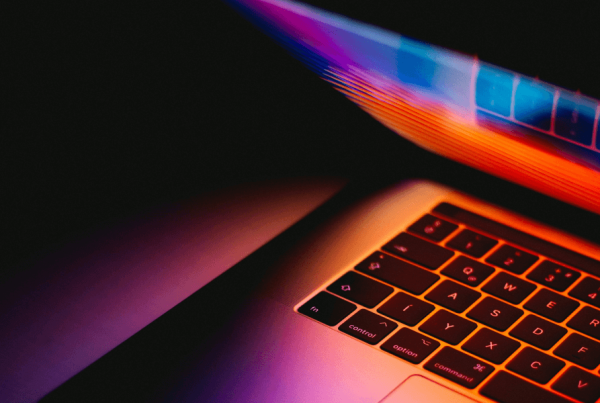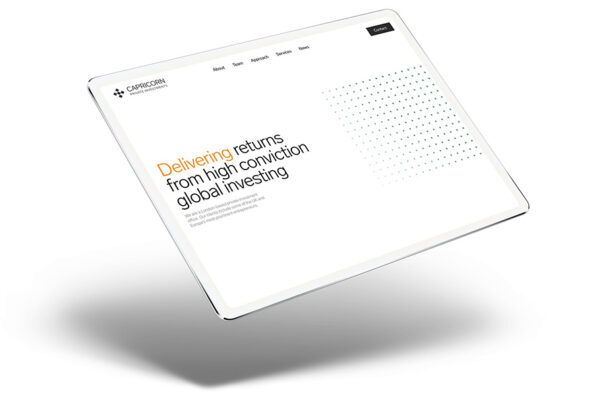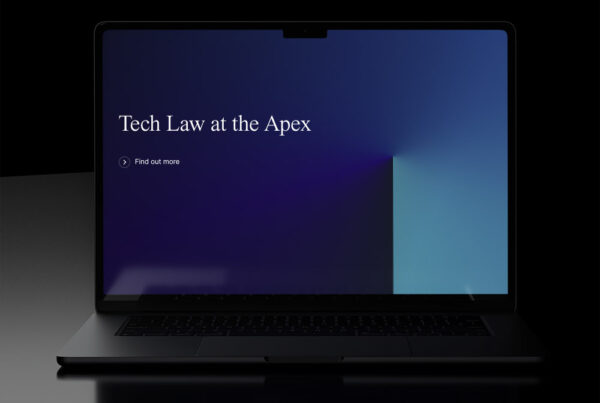Motion design is no longer just an extra touch to make websites look good.
It is now an important part of creating user-friendly, enjoyable and memorable experiences. When used well, motion design makes websites look better, helps users find their way and adds personality to digital products. It is more than just adding animations. It is about creating smooth movements, helpful feedback and interactions that feel natural and easy to follow.
Related Articles:
What is motion design?
Motion design is a creative way to bring graphics, text and other elements to life using animation. It is not just about making things move on a screen. It is about creating emotions, telling stories and guiding users through a digital experience.
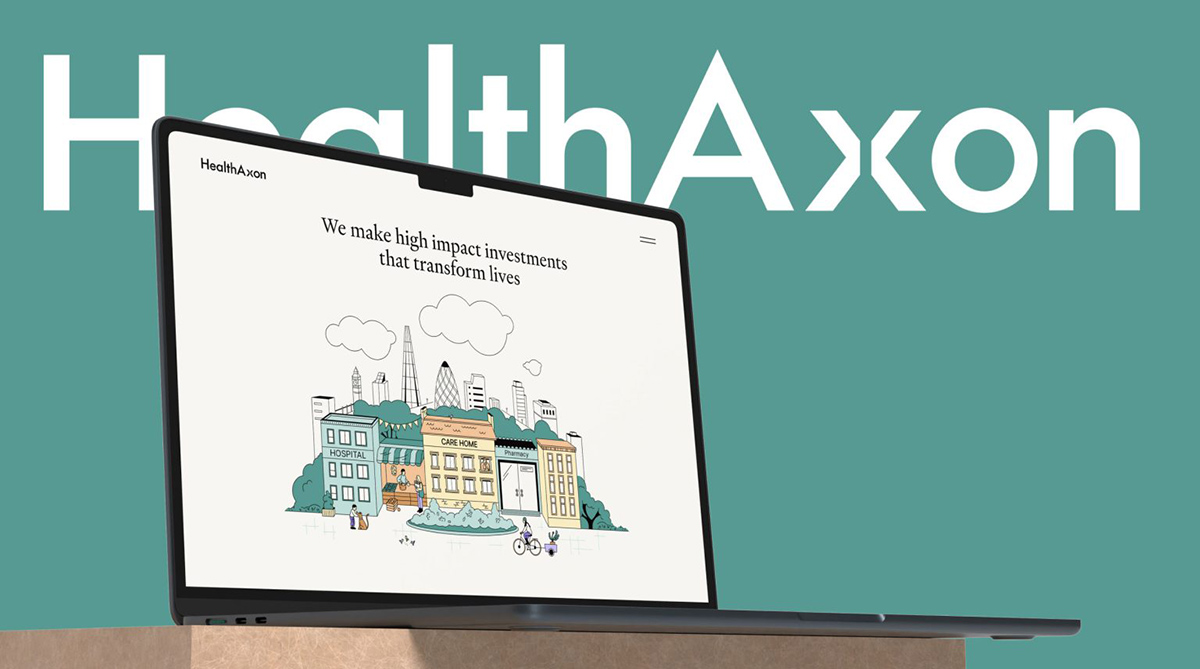
Advantages of using motion design
Enhancing user experience
One of the main benefits of using motion graphic design is that it boosts user engagement. Animated elements catch attention more effectively than static ones, making users more likely to spend time exploring your content. This increased engagement is important for websites that want to lower bounce rates and improve conversions.
Guides user’s attention
Motion design is great for guiding user’s attention. It can highlight important features, show users where to focus, and explain how things on a page are connected. When used thoughtfully, motion helps users make the right choices without adding unnecessary distractions.
Reduce cognitive load
A good animation can make it easier for users to understand how a website works. Motion can guide attention to important areas, highlight key actions, and create smoother interactions, helping users process information with less effort.
Differentiating the brand
Motion design helps make a brand unique and memorable. By using animations and transitions that match the brand, designers can strengthen its identity and create a smooth, consistent look that makes it stand out from competitors. Whether i tis a fun loading animation or a special way pages change, motion design adds a unique touch that connects with users and leaves a lasting impression.
Creates smooth transitions
In static web design, transitions between pages or actions can feel sudden and disconnected. Motion fills in the gaps, making these shifts feel smoother and more natural. This improves the overall flow and helps users feel more in control of their experience.
Reduces loading screen boredom
Loading screens can often feel boring and frustrating, which can hurt the user experience. Luckily, UX motion design can make these moments more enjoyable and less annoying. A loading screen happens when users have to wait for something to load or process before they can continue. By adding motion design, you can turn a plain blank screen into something engaging and interesting for your users.
Indicate errors or successful actions
Motion can be used to show errors or successful actions, helping to reduce confusion and make things clearer for the user. By providing visual cues, like a shake for an error or a subtle bounce for success, users can quickly understand the outcome of their actions and know what to do next.
Types of motion design
Loading animations
When users are waiting for a page to load or search results to show up, loading animations can make the experience much better. Simple things like a spinning icon or a progress bar let them know the system is working. This helps the wait feel quicker and less annoying, keeping users more patient and making the system seem smoother.
Microinteractions
Microinteractions are little animations that make using a website more enjoyable. For example, a button might change colour when you click it or an icon pulse to show users that their actions have been noticed. These small touches make tasks easier, reduce confusion, and add a bit of personality to the interface. They might seem minor, but they can make a big difference in keeping users happy and coming back.
Animated logos
Animated logos are a great way to bring a brand to life. They add energy and personality, making a brand more memorable and unique. These logos can be simple, like a quick transition, or more detailed, like an animation that tells the brand’s story.
Form submission feedback
Feedback animations for form submissions let users know what’s happening after they click submit. For example, a checkmark means success, and an error message shows if something needs fixing. These animations help users feel sure that their information has been received and processed. They make the process easier and less confusing, so users are more likely to keep going and finish the form.
Navigation transitions
Navigation animations use smooth effects to help users move between sections or pages of a website. Effects like sliding fading, or scaling create smooth transitions that help users stay oriented and reduce confusion. By making the navigation process smoother, they create a more enjoyable and professional experience, encouraging users to explore further.
Interactive tutorials
Interactive tutorials guide users through a website’s features in a simple and engaging way. They might include things like animated tutorials and guides or step-by-step instructions. They make it easier for users to understand how the website works by breaking down complicated tasks into simple steps so they feel more comfortable and confident right from the start.
Explainer video
An explainer video explains a product or service, introduces a brand, explains how a product works or demonstrates a step-by-step process. It helps viewers quickly understand what the product or service does and how it can benefit them, making it easier to make decisions or take action.
Infographics and data visualisation
Animated infographics and data visualisations make complex information easier to understand by turning it into eye-catching visual stories. They’re commonly used in news, educational content, and corporate presentations to make data and trends clear and interesting.
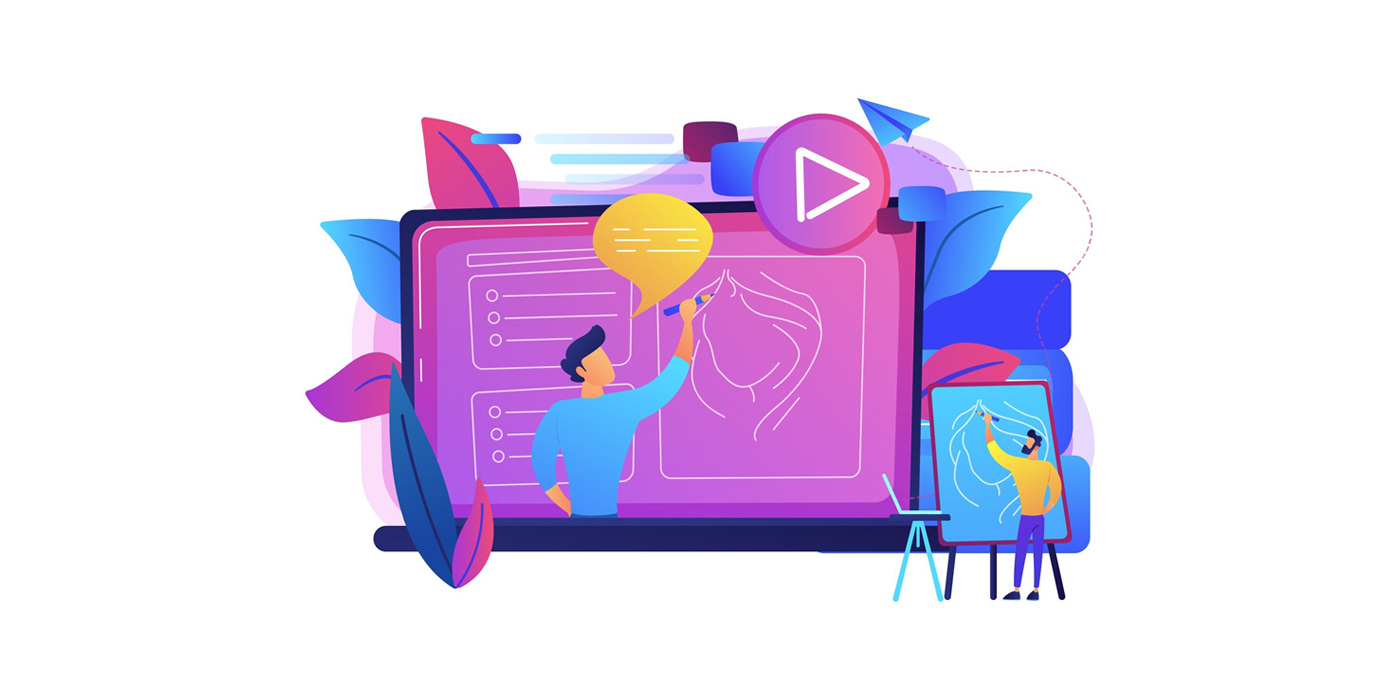
Best practices for implementing motion design in 2024
To make sure motion design and animations improve the user experience, here are some tips to follow:
Meaningful motion design: Every animation should have a clear reason. Avoid using effects that could distract or confuse users.
Smooth performance: Make sure animations run smoothly and don’t slow things down. Stuttery or slow animations can hurt the user experience, especially on mobile devices.
Consistency and timing: Keep animation styles and timing consistent across your site or app for a seamless experience.
Ensure animations don’t interfere with content: Animations should not get in the way of the content or actions users need to take. Make sure animations are simple and don’t distract from the main focus of the page. Users should be able to interact with important elements like buttons or forms without having to wait for an animation to finish.
Guide users easily: Use motion to help users move easily from one action to the next, like showing buttons, transitions or loading process so the experience feels simple and clear.
Use colours and textures that align with your brand identity: Your UX motion design should reflect your brand’s style, so choose colours and textures that connect with users emotionally and represent your brand’s values.
Keep performance in mind: Heavy animations can make your website slower. To keep it fast, make sure your animations are optimised. Use smaller libraries, compress files and avoid too many animations that could slow down the user experience.
Test your motion design: Before adding motion design to your website or product page, make sure to test it on all devices and browsers. This will help ensure it works properly and looks good everywhere.
If you are interested in learning more about how animation can be effectively used in web design, be sure to check out our blog post on Animation in web design and how to use it effectively.
In conclusion, motion design is shaping user experience in 2024 by making interfaces more engaging and intuitive. From smooth transitions to playful animations, it helps guide users and adds personality to interfaces. By understanding the benefits, exploring different types, and using the right techniques, designers can create experiences that not only work well but also leave a lasting impression.
If you’re looking to enhance your brand with unique visual storytelling, our motion design studio can help you achieve your goals with creativity and precision.
